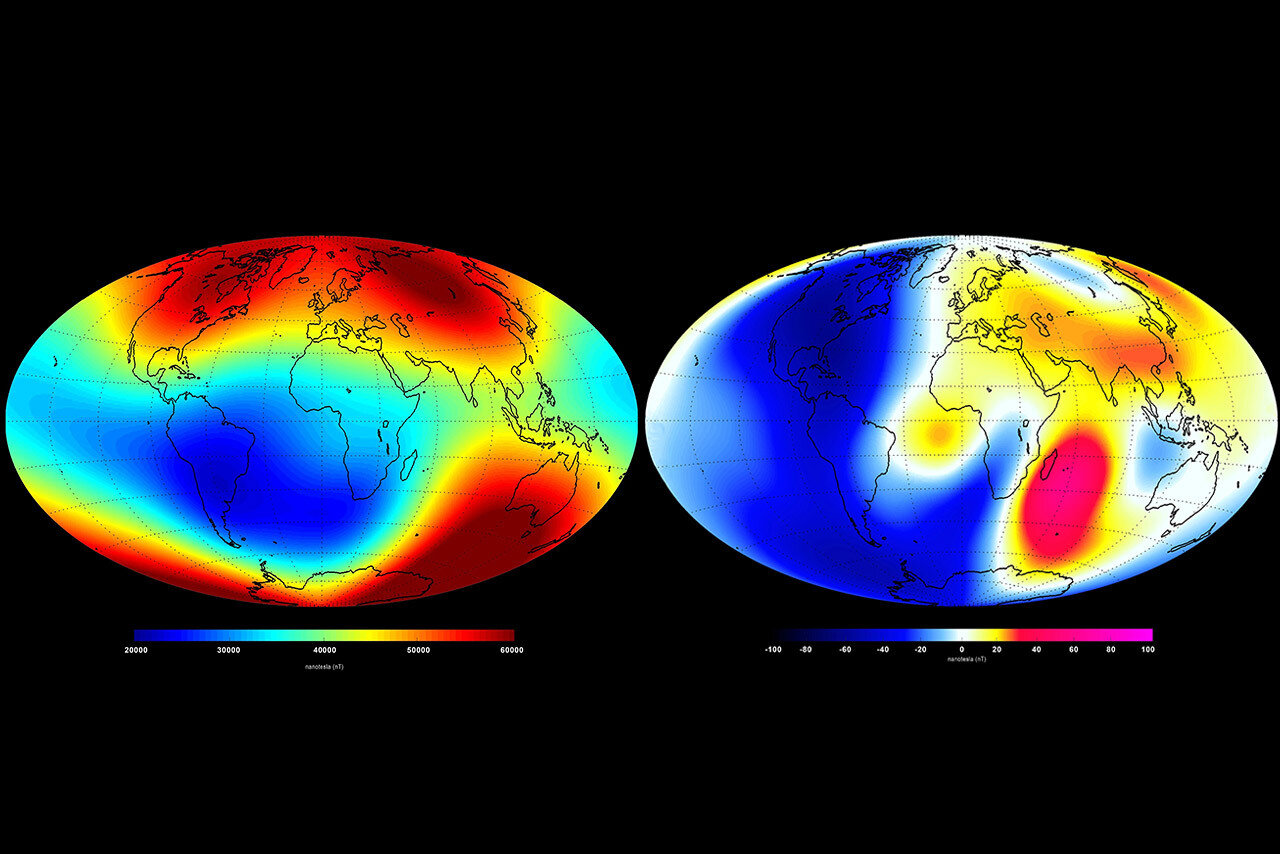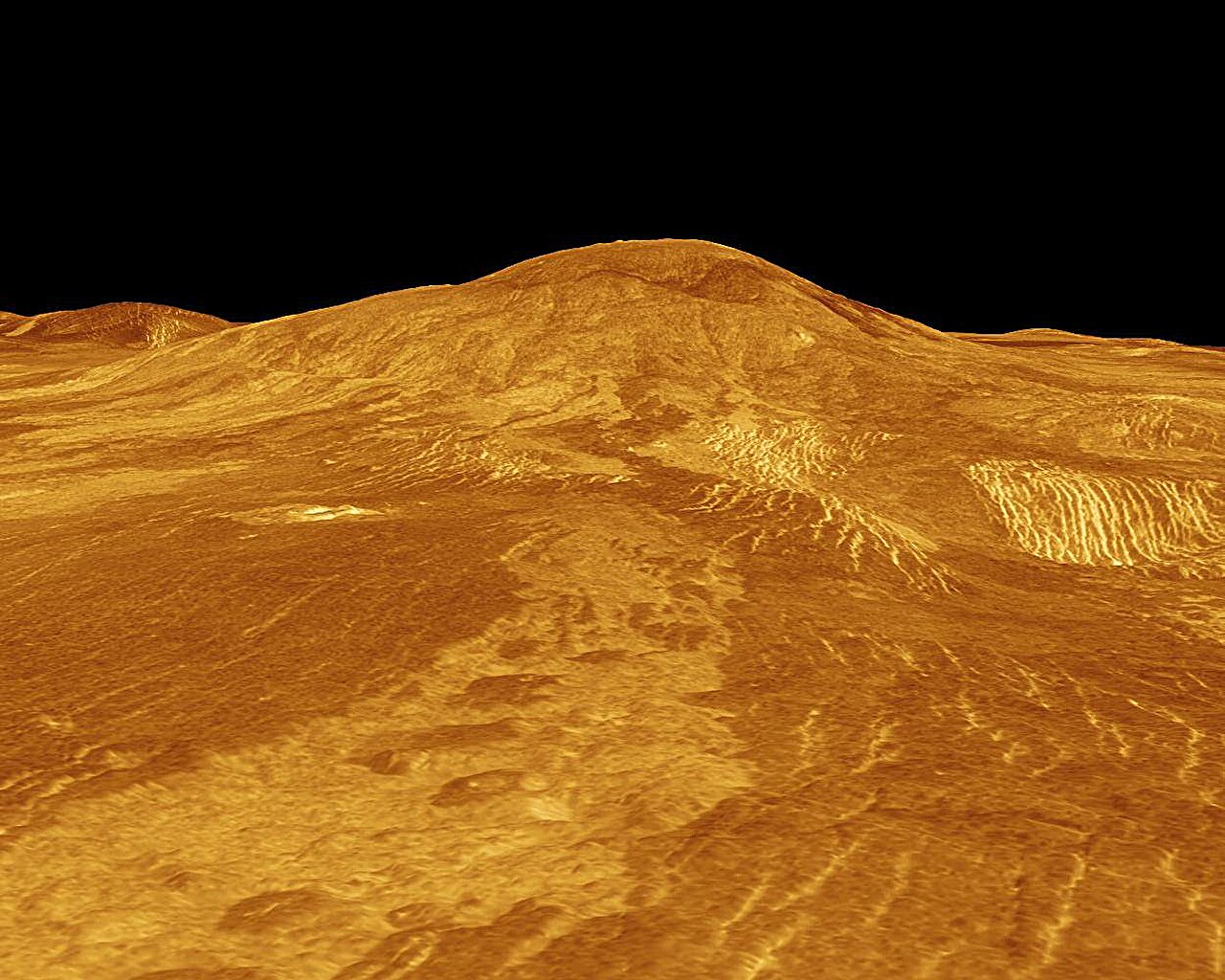
Scientists have come a step closer to identifying the mysterious origins of the “slow” solar wind, using data collected during the Solar Orbiter spacecraft’s first close journey to the sun.
Solar wind, which can travel at hundreds of kilometers per second, has fascinated scientists for years, and new research published in Nature Astronomy, is finally shedding light on how it forms.
Solar wind describes the continuous outflow of charged plasma particles from the sun into space—with wind traveling at over 500km per second known as ‘fast’ and under 500km per second described as “slow.”
When this wind hits the Earth’s atmosphere it can result in the stunning aurora we know as the Northern Lights...
Read More








Recent Comments